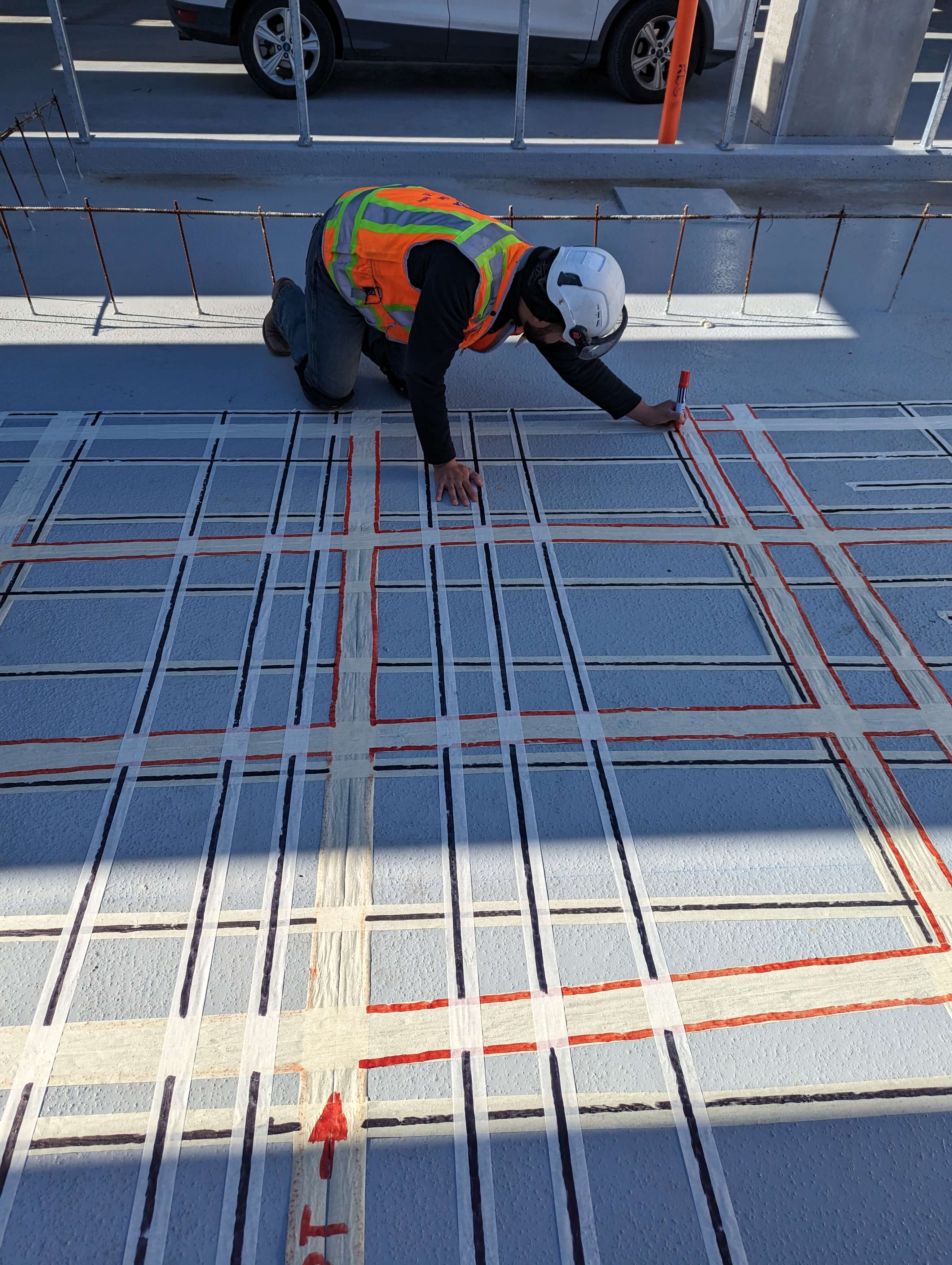Past the Surface: Leveraging Advanced Concrete Scanning Techniques for Unmatched Precision and Understanding
Advanced concrete scanning strategies have arised as vital tools in this search, using a glance beneath the surface to reveal a world of important understandings. By using advanced technologies, professionals can discover abnormalities, examine the problem of concrete frameworks, and make notified choices that form the course of projects.
Relevance of Advanced Concrete Scanning
The significance of making use of sophisticated concrete scanning strategies hinges on the unmatched accuracy they provide for identifying sub-surface abnormalities and guaranteeing architectural honesty. By utilizing cutting-edge modern technologies such as ground-penetrating radar (GPR), electromagnetic induction, and advanced finder imaging, construction experts can dive underneath the surface area of concrete structures with a degree of precision that far goes beyond traditional assessment methods. Concrete Scanning. These strategies make it possible for the identification of hidden hazards like rebar deterioration, spaces, avenues, or post-tension cables that can compromise the security and safety of a framework in time
Furthermore, progressed concrete scanning provides invaluable insights into the general condition of a concrete aspect without the demand for invasive actions, lessening the danger of creating damages throughout the assessment procedure. The ability to determine the specific location and deepness of prospective problems permits targeted repair services and maintenance, inevitably lengthening the life expectancy of the framework and optimizing its performance. Fundamentally, the significance of sophisticated concrete scanning can not be overemphasized in the realm of construction and framework maintenance, where accuracy and dependability are extremely important.
Sorts Of Cutting-Edge Technologies

Abnormalities and Defect Detection

In enhancement to GPR, concrete scanning strategies like thermography and impact-echo testing are also efficient in detecting abnormalities and issues. By leveraging these innovative techniques, specialists can proactively attend to structural issues, making sure the long life and security of concrete structures.
Assessing Concrete Condition
How can engineers precisely examine the condition of concrete frameworks to guarantee their durability and safety? Assessing the concrete condition is a critical element of keeping infrastructure integrity. Numerous innovative concrete scanning strategies are utilized for this objective. Ground-penetrating radar (GPR) is generally used to evaluate the inner structure of concrete, identifying spaces, fractures, and other abnormalities that might jeopardize its stamina. Furthermore, impact-echo screening can offer understandings into the density and integrity of concrete components. Ultrasonic pulse speed screening is another useful method for examining concrete quality by determining the rate of sound waves with the product.
Moreover, aesthetic inspection stays a basic component of concrete condition assessment. Engineers visually take a look at the surface for indications of damage, such as spalling, cracking, or discoloration. Combining non-destructive testing techniques with visual examinations allows for a detailed analysis of concrete problem, making it possible for visit this web-site engineers to identify potential issues at an early stage and execute timely maintenance or fixings. By leveraging these innovative strategies, engineers can ensure the long-term sturdiness and security of concrete structures.
Enhancing Decision-Making Procedures
In the world of infrastructure management, maximizing decision-making processes is necessary for making sure the effective upkeep and durability of concrete structures. Enhanced decision-making procedures in concrete administration involve making use of innovative scanning methods to gather thorough information on the condition of structures. By leveraging modern technologies such as ground-penetrating radar and 3D imaging, stakeholders can make educated decisions relating to repair service, support, or substitute strategies.
These progressed scanning strategies provide important insights right into the inner structure of concrete, recognizing prospective concerns such as voids, fractures, or deterioration that may not be noticeable externally. This level great post to read of in-depth information permits aggressive upkeep preparation, minimizing the danger of architectural failures and enhancing the general life-span of concrete structures.
Additionally, by including electronic documentation and analysis tools into the decision-making process, stakeholders can track the advancement of concrete conditions in time, allowing predictive maintenance methods and maximizing source appropriation. Inevitably, the assimilation of innovative concrete scanning strategies boosts decision-making procedures by giving unparalleled precision, understanding, and effectiveness in facilities administration.
Final Thought
In verdict, progressed concrete scanning strategies supply unrivaled accuracy and understanding in detecting anomalies, flaws, and examining the condition of concrete structures. By leveraging advanced technologies, decision-making processes can be boosted, bring about even more reliable and educated services for maintaining and fixing concrete framework. These methods play a vital function in making certain the safety and security and durability of concrete structures, making them a vital device in the field of construction and design.
Additionally, advanced concrete scanning offers important understandings into the overall problem of a concrete element without the demand for invasive steps, decreasing the danger of triggering damages during the analysis procedure - Concrete Scanning. One more innovative innovation is 3D X-ray scanning, which offers thorough photos of the interior structure of concrete, using valuable details without the need for devastating testing. Furthermore, Concrete Cover Meters are used to measure the density of concrete cover over reinforcement bars precisely. Boosted decision-making processes in concrete monitoring involve using advanced scanning strategies to gather in-depth information on the problem of structures.In final thought, progressed concrete scanning techniques provide try this site unmatched accuracy and understanding in finding anomalies, issues, and assessing the problem of concrete frameworks